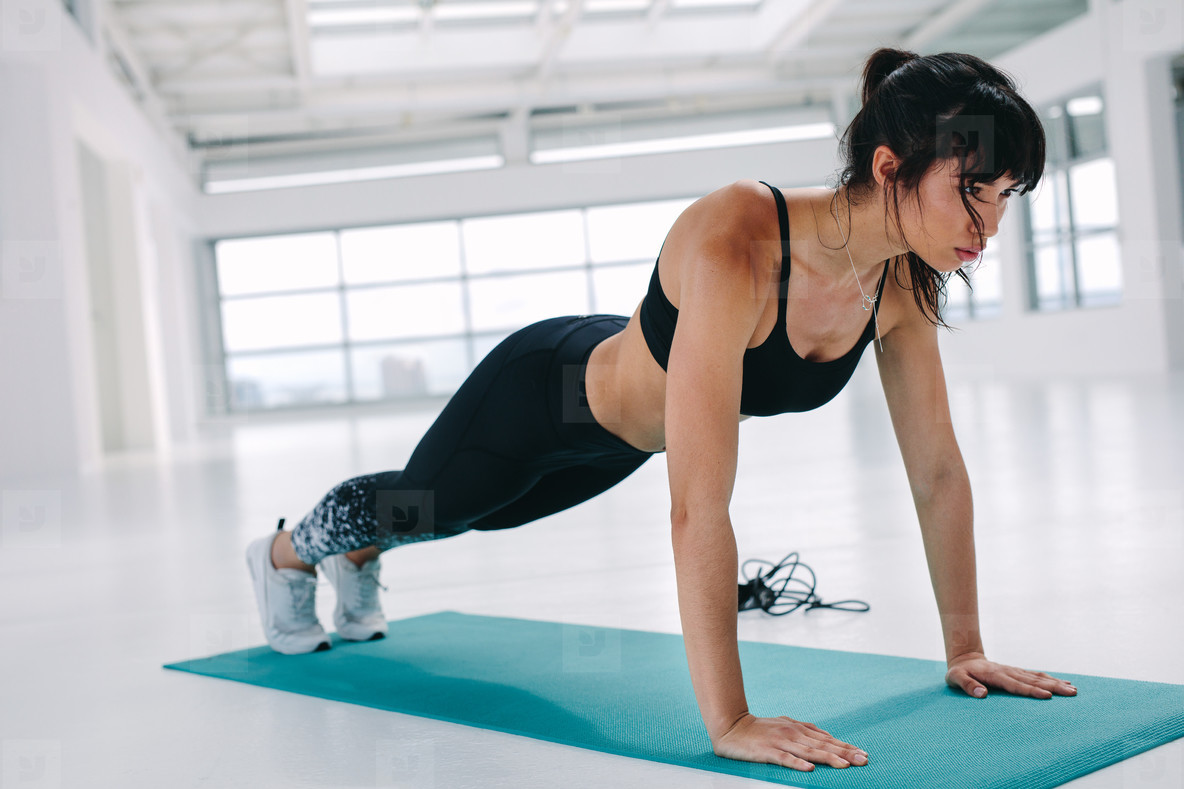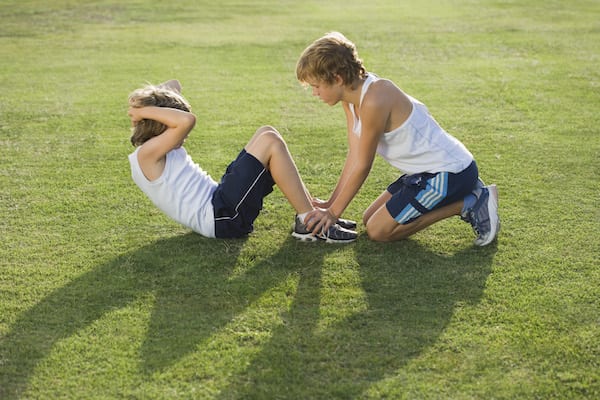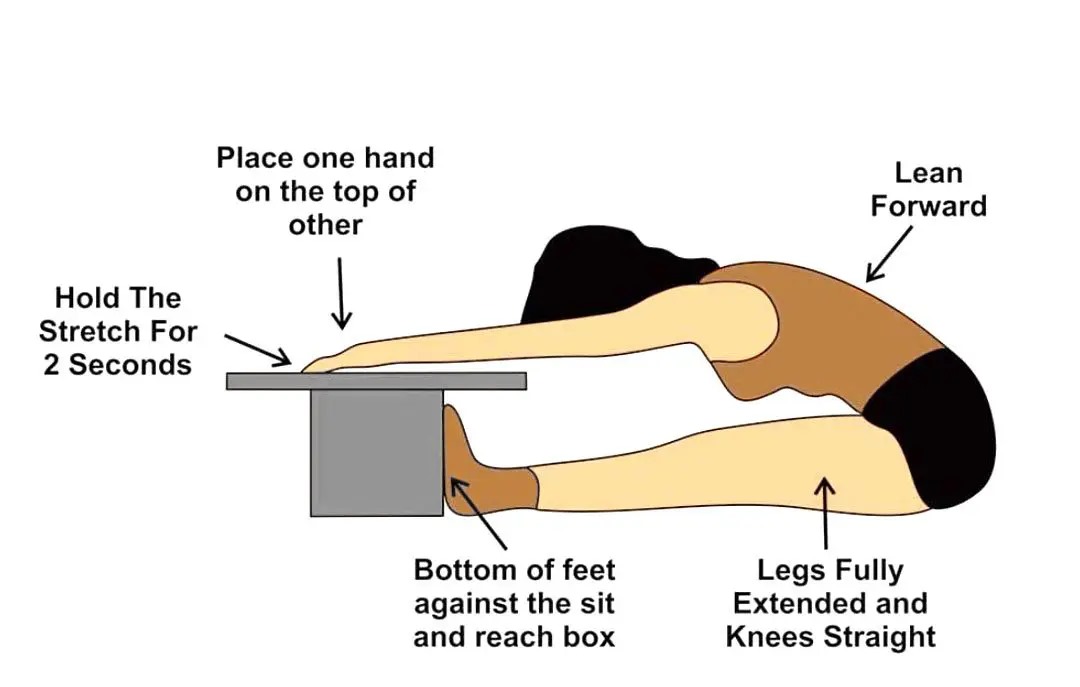Your health is one of the most valuable things you own, and making physical fitness a priority is more than a good idea—it’s essential. Regular exercise not only helps you feel stronger and more energized but also lowers the risk of over 40 chronic diseases, including serious conditions like type 2 diabetes, obesity, high blood pressure, and even certain types of cancer.
But here’s the question: how can you actually measure your fitness? Sure, you might feel better, but how do you know if you're progressing? True physical fitness is not about how you look—it’s about how well your body performs across a range of key areas: cardiovascular endurance, muscular strength, flexibility, balance, and body composition. While Body Mass Index (BMI) is often used as a basic marker, a more detailed and personalized fitness assessment can offer deeper insight into how fit you really are.
This article walks you through expert-approved at-home assessments that can help you understand your starting point, track improvements, and set realistic goals. Ready to test your fitness level? Let’s begin.
Getting Started: What You'll Need
Before diving into the tests, collect the following tools to make your self-assessment accurate and effective:
-
Stopwatch or any timer that can measure seconds
-
Soft measuring tape
-
A straight yardstick (preferably wooden or firm plastic)
-
Strong tape to secure equipment in place
-
A weight scale
-
A helper to track counts or assist with measurements
-
Paper and pen or a digital device for logging results
Make sure you're in a safe, open space and wearing comfortable athletic clothing. Also, remember that consistency is key, so always perform these tests under similar conditions when checking progress.
Resting Heart Rate: A Window Into Your Cardiovascular Health

Your resting pulse is one of the simplest ways to gauge your heart's efficiency. For healthy adults, the optimal resting heart rate falls between 60 and 100 beats per minute. Athletes or very fit individuals may register below 60 bpm, which is generally considered a sign of excellent cardiovascular function.
To measure it:
-
Sit quietly for five minutes.
-
Use your index and middle fingers to find your pulse either on your neck (carotid artery) or your wrist (radial artery).
-
Count how many beats you feel in 15 seconds.
-
Multiply that number by four to determine your beats per minute.
Tracking this number over time can reveal how your fitness is improving—even before it’s visible in the mirror.
Training Zone Check: Understanding Target Heart Rates
Once you know your resting pulse, it's time to figure out your target heart rate zone. This range reflects the intensity your heart should reach during exercise to yield cardiovascular benefits. It’s calculated as 50% to 85% of your maximum heart rate (estimated as 220 minus your age).
Use the following table as a reference:
| Age | Target Zone (Beats/Min) | Max Heart Rate |
|---|---|---|
| 25 | 98–166 | 195 |
| 35 | 93–157 | 185 |
| 45 | 88–149 | 175 |
| 55 | 83–140 | 165 |
| 65 | 78–132 | 155 |
During moderate-intensity workouts, aim for the lower half of the zone; for high-intensity sessions, push toward the upper end. If you're not hitting these ranges during a brisk walk or jog, consider increasing your pace.
Aerobic Test: 1.5-Mile Run or Jog Evaluation
This is one of the most common self-assessments for measuring cardiovascular endurance. All you need is a stopwatch and a 1.5-mile track (or treadmill).
Here's what your time may indicate:
| Age | Women (min) | Men (min) |
|---|---|---|
| 25 | 13 | 11 |
| 35 | 13.5 | 11.5 |
| 45 | 14 | 12 |
| 55 | 16 | 13 |
| 65 | 17.5 | 14 |
Faster completion time = better aerobic fitness. Slower time? That’s a great place to set improvement goals.
Push-Up Challenge: Upper Body Strength and Endurance

Push-ups aren’t just a boot camp drill—they're a solid test of muscular strength and upper body endurance. You can do classic push-ups or knee-supported versions depending on your current fitness level.
Target numbers by age:
| Age | Women | Men |
|---|---|---|
| 25 | 20 | 28 |
| 35 | 19 | 21 |
| 45 | 14 | 16 |
| 55 | 10 | 12 |
| 65 | 10 | 10 |
If you’re well above these numbers, great! If you’re below them, it’s time to integrate strength training into your routine.
Sit-Up Test: Core Muscle Stability and Stamina

Core strength is crucial—not just for aesthetics but also for posture, balance, and injury prevention. This sit-up test reveals a lot about your abdominal and hip-flexor endurance.
Here are the standards:
| Age | Women | Men |
|---|---|---|
| 25 | 39 | 44 |
| 35 | 30 | 40 |
| 45 | 25 | 35 |
| 55 | 21 | 30 |
| 65 | 12 | 24 |
Use a mat and have someone hold your feet. Time yourself for one full minute and count how many proper sit-ups you can do.
Sit-and-Reach: Check Your Flexibility

Flexibility often gets overlooked but plays a huge role in joint health, posture, and injury prevention. The sit-and-reach test is a simple way to evaluate lower back and hamstring flexibility.
Instructions:
-
Place a yardstick on the floor and mark the 15-inch (38 cm) point with tape.
-
Sit with your feet aligned at the 15-inch mark.
-
Reach forward slowly with your arms extended, exhaling as you stretch.
-
Hold for 1–2 seconds.
-
Measure your farthest reach out of three tries.

Here’s what’s considered good flexibility:
| Age | Women | Men |
|---|---|---|
| 25 | 21.5" | 19.5" |
| 35 | 20.5" | 18.5" |
| 45 | 20" | 17.5" |
| 55 | 19" | 16.5" |
| 65 | 17.5" | 15.5" |
Waist Circumference: A Fast Indicator of Health Risk
Where you carry fat matters as much as how much you carry. Measuring your waist circumference can help you assess risk levels for cardiovascular diseases and metabolic conditions.
Here's how:
-
Use a cloth tape measure.
-
Measure at the narrowest point just above your hipbones (not over clothes).
-
Breathe out normally before taking the measurement.
What’s considered high risk?
-
Women: Over 35 inches (89 cm)
-
Men: Over 40 inches (102 cm)
Exceeding these numbers increases your risk for type 2 diabetes, heart disease, and more. If you’re in the high-risk category, don’t panic—use it as motivation to take steps forward.
Body Mass Index (BMI): A Basic but Useful Metric
Although not perfect, BMI is still a simple way to gauge if your weight falls within a healthy range.
You can calculate it manually:
-
Pounds/inches:
BMI = (weight in lbs / height in inches²) x 703 -
Kilograms/meters:
BMI = weight in kg / height in meters²
| BMI Range | Category |
|---|---|
| Below 18.5 | Underweight |
| 18.5 – 24.9 | Normal weight |
| 25.0 – 29.9 | Overweight |
| 30 and above | Obese |
Keep in mind, BMI doesn’t differentiate between muscle and fat—so athletes or muscular individuals may read as “overweight” even with low body fat. Combine this with your other tests for a full picture.
Recommended Activity Guidelines: Are You Moving Enough?
After finishing your fitness assessments, you might wonder—what’s next? The U.S. Department of Health and Human Services provides simple guidelines to aim for:
Weekly Minimums:
-
Aerobic Activity:
-
150 minutes of moderate exercise (e.g., brisk walking, biking on flat terrain)
-
OR 75 minutes of vigorous activity (e.g., running, swimming laps)
-
-
Strength Training:
-
At least 2 sessions per week targeting all major muscle groups (arms, legs, chest, back, abs)
-
Moderate Intensity Activities:
-
Walking briskly
-
Casual cycling
-
Mowing the lawn
-
Light hiking
High Intensity Options:
-
Running or jogging
-
Fast cycling or uphill biking
-
Competitive sports (soccer, basketball)
-
Swimming laps
Muscle Building Exercises:
-
Weightlifting
-
Resistance band workouts
-
Bodyweight routines (e.g., push-ups, lunges, squats)
-
Yard work with heavy lifting
Tracking Your Progress and Staying Motivated
Once you’ve completed the tests and noted your results, make it a habit to retest every six to eight weeks. Keep a record in a dedicated fitness journal, spreadsheet, or mobile app. Small improvements in your numbers—lower run times, higher push-up counts, or a tighter waist measurement—are signs of real progress.
Here are tips for staying on track:
-
Set achievable short-term goals.
-
Celebrate non-scale victories.
-
Share progress with your trainer or healthcare provider.
-
Don’t compare your journey to others—fitness is personal.
Consistency beats intensity over time, so find activities you enjoy and stick with them.
Want a Bit More Challenge?
If you find you're already above average in most categories, consider expanding your personal fitness test with:
-
Plank Hold Duration
-
Wall Sit Challenge
-
Single-Leg Balance Time
-
Vertical Jump Height
-
VO2 Max Test (if you have access to lab testing)
These advanced metrics can give you even greater insight into your performance and where to grow next.












